5. Enemy
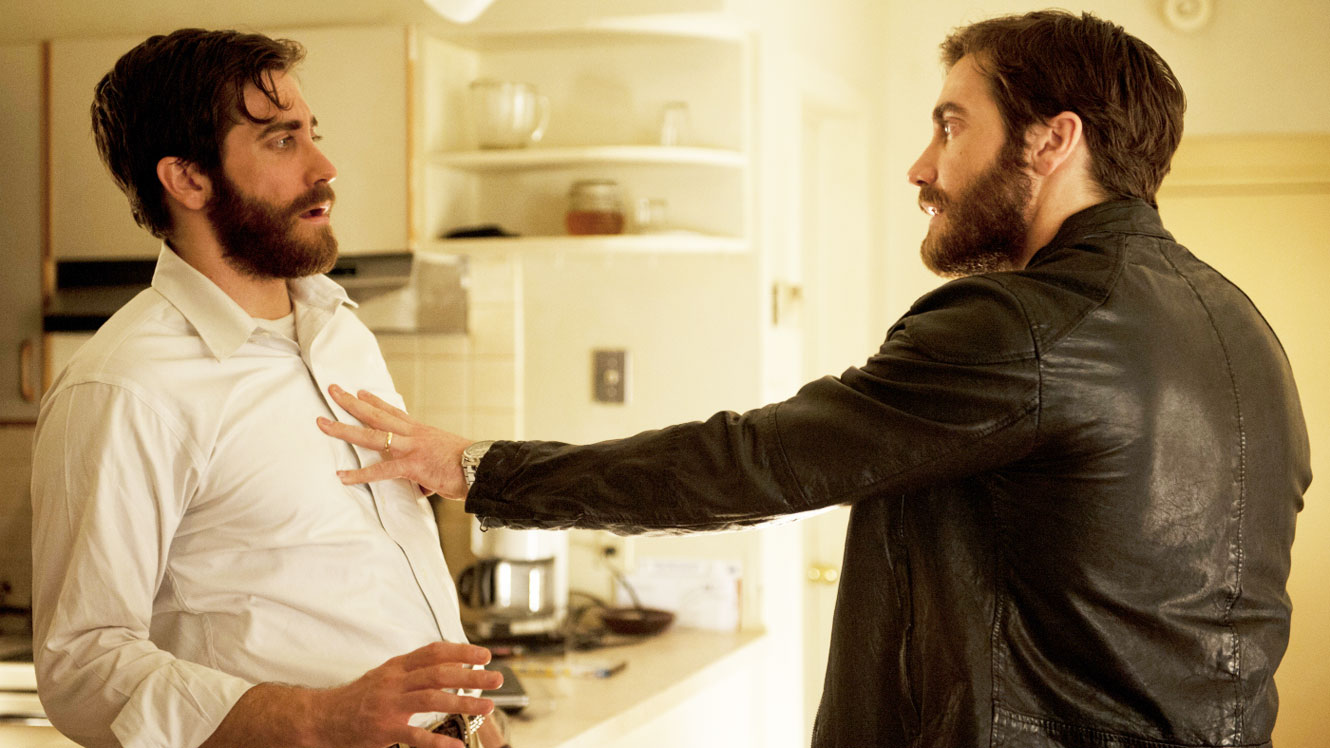
“Enemy” is a 2013 film directed by Denis Villeneuve.
Adam, a solitary college history professor, is living a quiet ordinary life. He rents a movie on the recommendation of a colleague and, in the film, he briefly sees an actor who looks exactly like him. Searching online, Adam finds the actor, who is named Anthony Claire. Adam rents the other two films in which Anthony has appeared, and becomes obsessed with the man, who seems to be his physical doppelgänger.
The obsessive search for his doppelgänger, the necessity of finding in his double remains and traces of his own life, leads Adam to take not only a physical journey, but also an existential one. He begins to question his own existence, and tries to understand why his life is the way it is.
“Enemy” is a paranoid psychological thriller, a twisted and chaotic portrait about identity crisis. It is shot and written brilliantly to confuse and immerse the viewer in Adam’s paranoid sequences, to the point that sometimes it’s not possible to distinguish between the two characters. It will make you question whether both of them really exist or one of them is just a dissociative identity of the other.
4. Melancholia
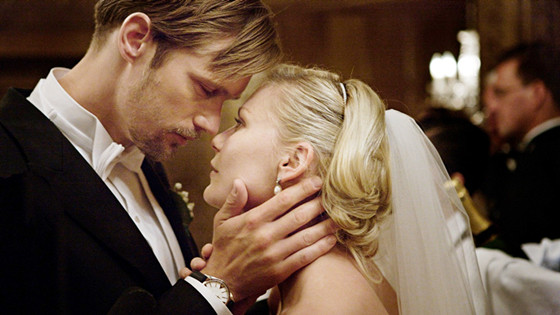
“Melancholia” is a 2011 film written and directed by Lars von Trier.
It’s the second film in von Trier’s Depression Trilogy. The initial inspiration for these films came from a depressive episode he suffered.
The film begins with an introductory sequence involving the main characters and images from space. After that, the first part of the movie begins. This part revolves around a woman named Justine and her wedding; the second part is about her sister.
We see how an unknown and mysterious planet approaches Earth. The advent of this planet, called precisely Melancholia, coincides with the increase of the melancholic mental state of the protagonist. While Melancholia is approaching Earth, it impregnates all the characters in the melancholic state.
In astrology, melancholy is one of the dark and negative aspects of Saturn, associated with limit, decadence, oppression, death. It’s worthwhile to clarify that what we nowadays call depression was called melancholy by ancient psychology.
The movie shows the contrast between internal fantasies and the demands of a social world full of empty formalisms. After the deconstructing experience of the failed wedding, the main character is practically disconnected from the external side of the world, and her state only seems to get worse. She begins to lose sense of social reality: the outside world is already “dead” for Justine.
3. Synecdoche, New York
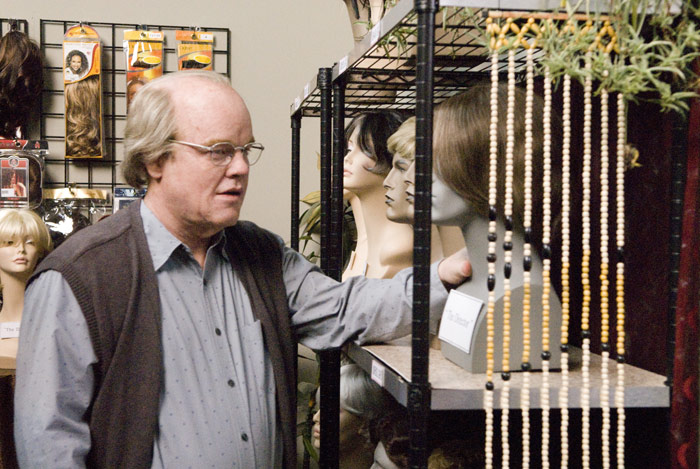
“Synecdoche, New York” is a 2008 film written and directed by Charlie Kaufman.
Caden Cotard is a theater director who lives a meaningless life. He suffers deeply due to numerous physical ailments, added to the abandonment of his wife, who takes his daughter to Berlin with her.
In the middle of his existential crisis, he attempts to create a life-size replica of New York inside a warehouse as part of his new play. He doesn’t have anything but his illnesses, suicidal feelings, his work, and his new project: a play that represents his life.
In this space that imitates Caden’s life, he has the possibility to represent and improve his existence. However, the more he becomes involved with his work, the more he loses control over his life. We can observe in him some schizophrenic behavior and obsessive-compulsive traits. His days are determined by the texts that he writes.
What happens inside the film is only possible in Kaufman’s world, full of symbolisms, metaphors and puzzle pieces. Just like several films in this list, one of the characteristics of “Synecdoche, New York” is the surreal language, signs that are charged with feelings but cannot be described or even compared with oral language.
In this film, fiction and reality are no longer two opposite things; one is simply one facet of the other.
2. Yi Yi
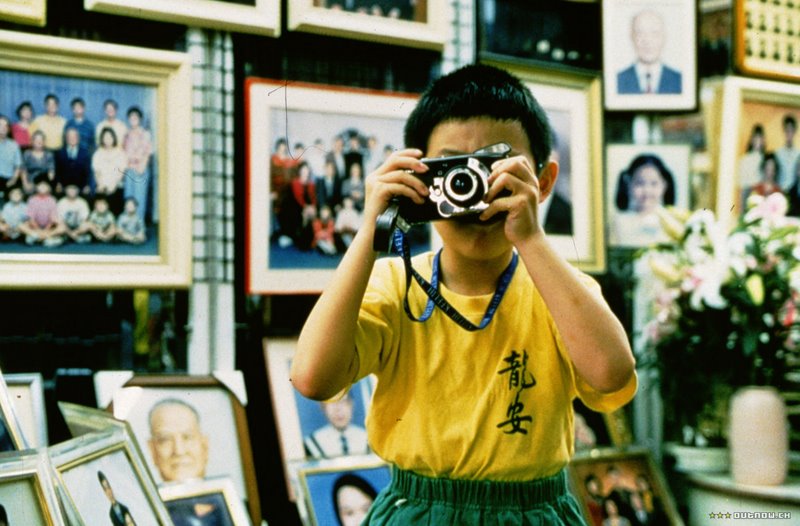
“Yi Yi” is a 2000 film written and directed by Edward Yang.
The narrative of the film shifts between three perspectives: the middle-aged father NJ, the 8-year-old son Yang-Yang, and the teenage daughter Ting-Ting.
Everything starts with a wedding, concludes with a funeral, and contemplates areas of human life in between. Each member of the family asks questions about life as they live through everyday dilemmas.
NJ is a businessman who works at a computer company that is in danger of bankruptcy. Ting-Ting is an introverted and lonely teenage girl who only hangs out with a friend and her friend’s boyfriend. Yang-Yang differs from the rest of the family because of his curiosity and his way of exploring the world. He likes to capture with his camera people’s necks so they can see that visually inaccessible part of themselves. He also trains his lung capacity in his house’s bathroom and makes fun experiments with funnels and bottles. The child uses these activities to escape school and family struggles.
The characters are so immersed in their personal anguish that they are not able to see the conflicts that they own family members have, causing a more than evident inability to relate to each other.
“Yi Yi” is a tale about everyday struggle. It reflects the emptiness of relationships and family: the film’s protagonic family is everyone’s family. We live with them, share a lot of things, but we never get to know their struggles or desires; we are too busy with ourselves because we live in a dehumanized capitalist society that we naturalize and simply get used to it.
1. The Tree of Life
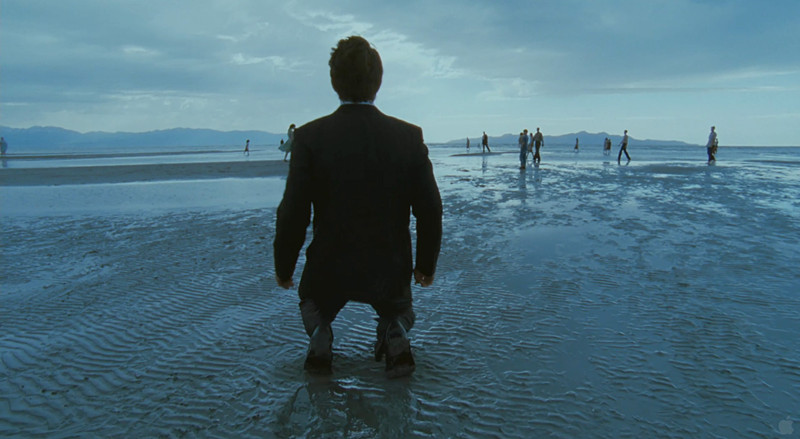
“The Tree of Life” is a 2011 film written and directed by Terrence Malick.
It’s the story of a Texas family in the 1950s. The film follows the life journey of the eldest son, Jack, through childhood to his adult years as he tries to reconcile a complicated relationship with his father. We can see in Jack’s childhood sequences contrasted family relationships: the one with his authoritarian father and the other with his mother, who represents for him a figure of absolute purity and kindness. Jack finds himself a lost soul in the modern world, seeking answers to the origins and meaning of life while questioning the existence of faith.
The tree of life is the connection between Earth and Heaven (nature-religion). This connection gives an ontological meaning to humanity, not simply our passage through the earth, but the evolution of our beings, the concepts that govern our life and how we transcend through our actions.
Besides the theological reflections, nature plays a primordial role. In the images of the formation of the Universe that the film shows us, for example, the weight of nature is not only the formation of galaxies or the meteorite that annihilated a part of life on Earth million years ago, but it is also the formation of the first beings that began to populate our planet.
This nature is represented in the film by the figure of a tree. A tree that will reflect the feelings of the people that surround it: the tree with no leaves nor color joins the mother who has just lost her son; the tree out of its natural environment is with adult Jack; and the tree full of flowers represents the family when they leave their house to start a new life.
In the end, we see a reunion between the characters in a kind of Heaven, confirming previously developed concepts in the film: living with memories, accepting the past, and forgiving to be able to heal our spiritual beings.